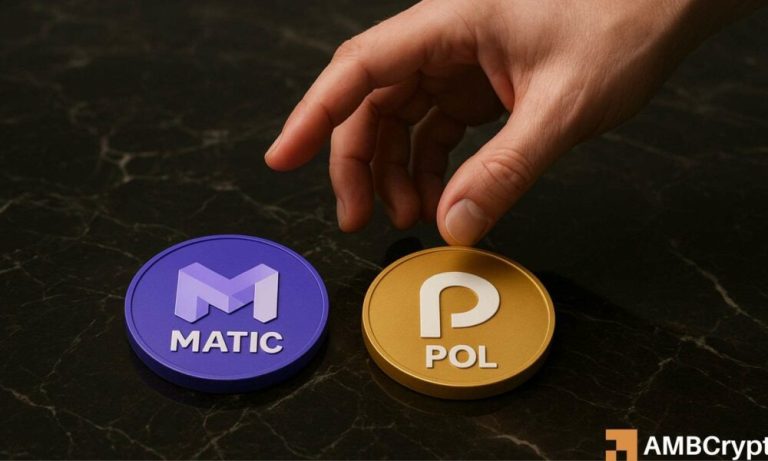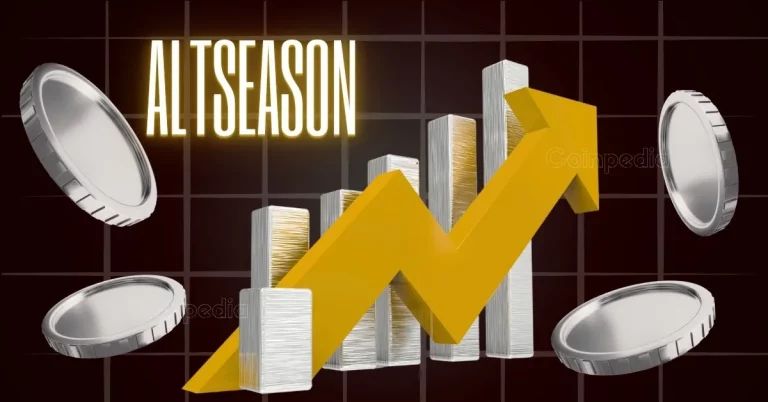
Ethereum has taken a significant leap forward in its scaling journey. The network recently increased its block gas limit from 45 million to 60 million, marking one of the most pivotal changes in its history. This raises the question: what does this mean for the Ethereum ecosystem and its ambitious scaling roadmap?
Why the Ethereum Gas Limit Jump Matters
Ethereum’s gas limit essentially acts as a pressure valve for the network. Pushing it too high can risk network clogging, while keeping it too low stifles innovation. The new increase to 60M comes at a time when the blockchain is witnessing unprecedented demand, driven by its Layer 2 (L2) rollups and the upcoming Fusaka upgrade scheduled for December 3.
This adjustment brings significant benefits for developers and decentralized finance (DeFi) users. With increased capacity, blocks can now handle more transactions during peak hours, reducing bottlenecks and making room for Ethereum’s scaling solutions – particularly its rollup ecosystem – to thrive.
What Enabled the Gas Limit Upgrade?
Several factors aligned to make this historic increase possible:
- EIP-7623: This newly implemented update introduced block-size safeguards, mitigating risks associated with excessive block growth.
- Client Optimizations: Popular Ethereum clients such as Geth, Nethermind, and Besu have been updated to handle heavier gas loads efficiently.
- Testnet Success: Ethereum conducted long-term testnet trials that demonstrated stable network behavior, even under high gas volumes.
According to Ethereum researcher Zhixiong Pan, these advancements collectively signal the readiness for a more aggressive scaling phase without sacrificing network stability.
Vitalik Buterin’s Vision: Smarter Scaling
Ethereum’s co-founder, Vitalik Buterin, emphasized that scaling isn’t merely about increasing block sizes indiscriminately. Instead, it’s about precision. Future updates could see higher gas limits paired with increased costs for resource-heavy transactions like complex computations or specialized contract calls. This approach ensures that the network remains efficient even as effective block sizes grow.
Rollups Are Breaking Through Records
The timing of this gas-limit increase coincides with Ethereum’s rollup ecosystem setting new throughput records. In the past 24 hours alone, Ethereum ecosystems processed a staggering 31,000 transactions per second (TPS). Among these contributors was “Lighter,” a perpetual zero-knowledge (ZK) rollup boasting nearly $1.2 billion in locked value. Even Coinbase’s Layer 2 solution, Base, handled an impressive 137 TPS, with other ZK and optimistic rollups collectively pushing the limits of what Ethereum can support.
This surge in activity demonstrates Ethereum’s real growth lies in its L2 solutions, paving the way for a more sustainable and scalable ecosystem.
Fusaka Hard Fork: The Catalyst for Ethereum’s Future
Slated for December 3, the highly anticipated Fusaka hard fork is poised to redefine Ethereum’s technical structure. At its heart is PeerDAS, an innovative system for data availability sampling. This optimizes how rollup data is published, ensuring smoother and more efficient transactions across Ethereum and its Layer 2 platforms.
Fusaka will also bring consensus tweaks, enhanced security measures, and other low-level refinements to fortify Ethereum’s infrastructure – features that are crucial for its long-term scaling success.
Looking Ahead: Ethereum’s Path to Scalability
With the gas limit increase and the Fusaka hard fork on the horizon, Ethereum is setting the stage for its most efficient era yet. This isn’t just about bigger blocks – it’s about smart, coordinated scaling that leverages cutting-edge technology alongside community alignment.
As the rollup ecosystem grows and new solutions like PeerDAS come into play, users and developers alike can expect faster, more reliable, and cost-effective transactions that redefine the blockchain experience.
Explore Tools to Navigate Ethereum’s Future
For those delving into the world of Ethereum and DeFi, consider tracking your investments and staying informed with user-friendly platforms like Coinbase or exploring secure wallets such as the Ledger Nano X. These tools are essential for remaining agile in this era of rapid crypto innovation.




